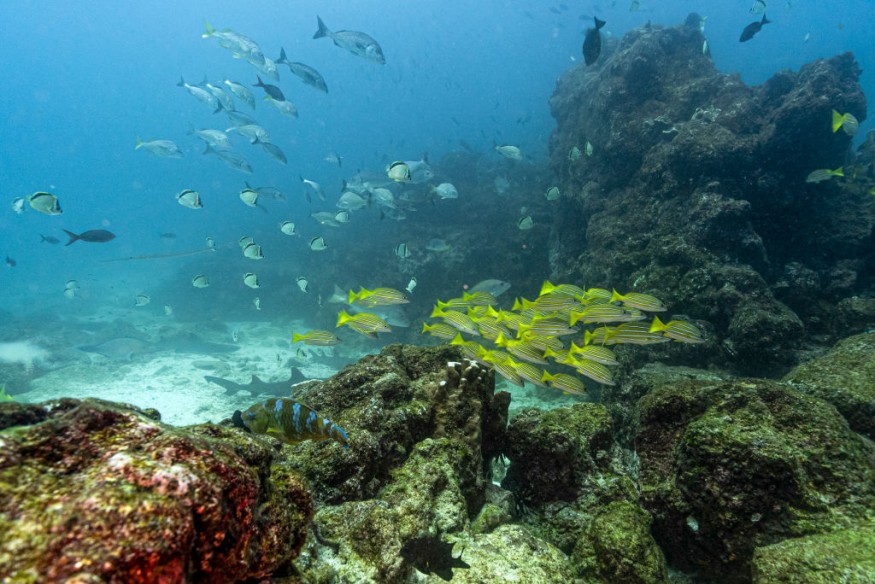The latest report discovered amazing findings about giant clams living near tropical coral reefs. Researchers emphasized that these clams, with precise geometry and photosynthetic receptors, could become an efficient solar energy system.
In recent Nature World News (NWN) reports, researchers suggested that the world's oceans are homes to unknown species that play a crucial role in marine health and biodiversity. Additionally, these species can potentially help the environment and communities.
According to an article published on July 2, researchers found that the giant clams in tropical reefs have the potential to become better solar power systems. The findings were published in PRX: Energy.
Studying these clams could possibly contribute to solar power systems, which help reduce the impacts of climate change and global warming.
Giant Clams and the Role of Solar Power Energy

The report, funded by a Packard Foundation fellowship and the National Science Foundation, noted that giant clams have a light-scattering layer and are thin in appearance. Additionally, the iridocytes allow clams to absorb sunlight and survive underwater.
In addition, the researchers discovered the unique arrangement of the algae in vertical columns, which are parallel to the incoming light. This process is considered efficient in the scattered light absorption.
To better study the giant clams, the researchers conducted a model to observe their quantum efficiency. This is important to check on the species' ability to convert photos into electrons. Clams managed to show an efficient result, reaching a 42% ability.
Another aspect of the report is monitoring the movement of these giant clams throughout the day. The study found that these giant clams showed a remarkable 67% quantum efficiency.
Amazingly, this 67% quantum efficiency is considered higher than the 14% efficiency found in green leaves in tropical environments.
Importance of Studying Animals' Solar Power Energy Potential
In addition to the findings, the report on the resilience of the boreal spruce forests. For the frogs in these habitats, the researchers explained that they share similar aspects of the light-scattering process with giant clams.
The researchers highlight the study's significance for other species and the human population, including protecting the world's biodiversity.
With the potential aspect of the giant clams, the report underscores the importance of these species, which could help designers improve the current solar power technology.
Protecting and discovering new species can help the environment against climate change effects and unusual heat. Because of different species' crucial role, there is a need to save these species from population decline or biodiversity loss.
With the findings about giant clams, it can provide new insights into solar power technology companies.
For more similar stories, don't forget to follow Nature World News.
© 2025 NatureWorldNews.com All rights reserved. Do not reproduce without permission.





